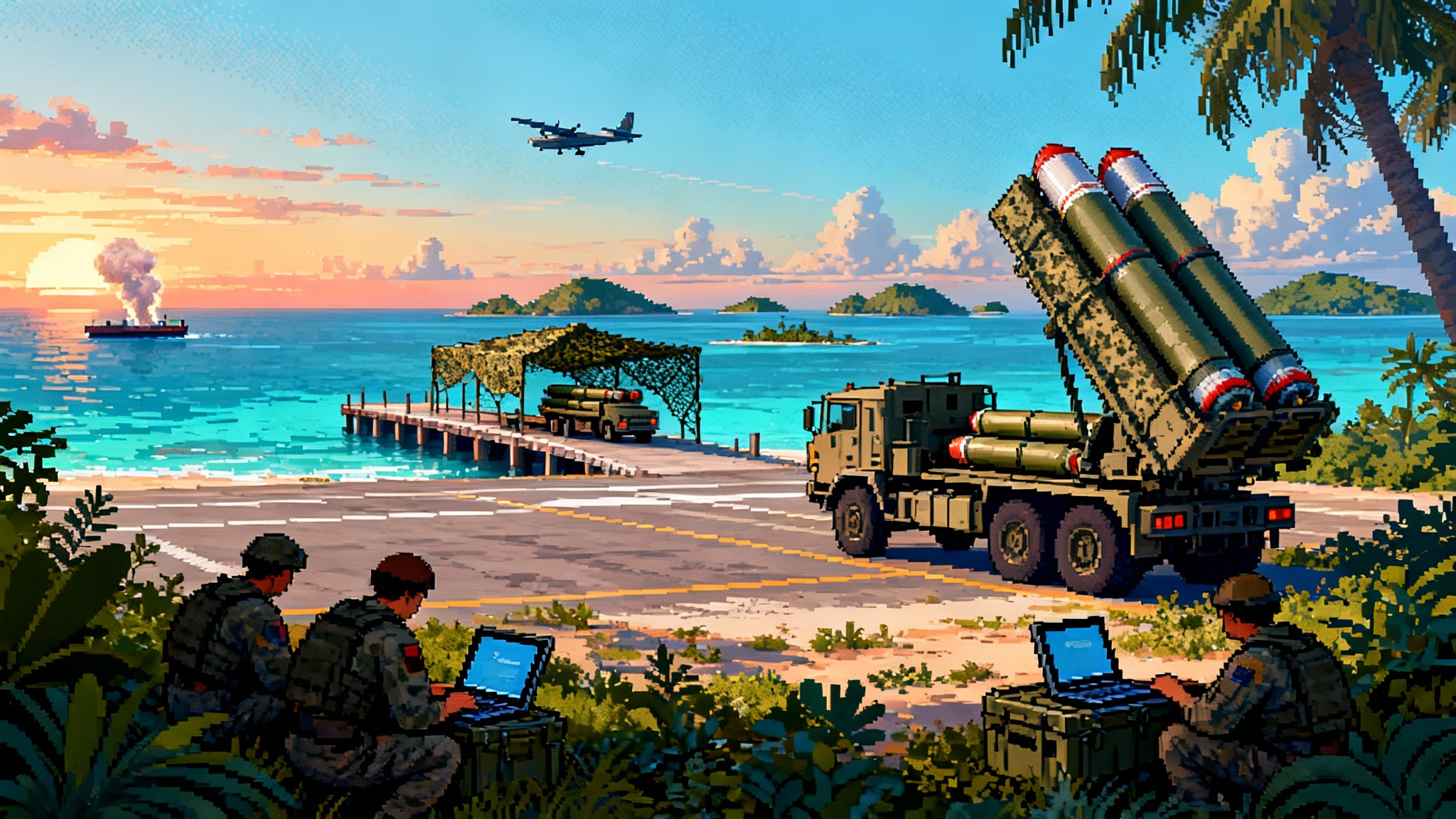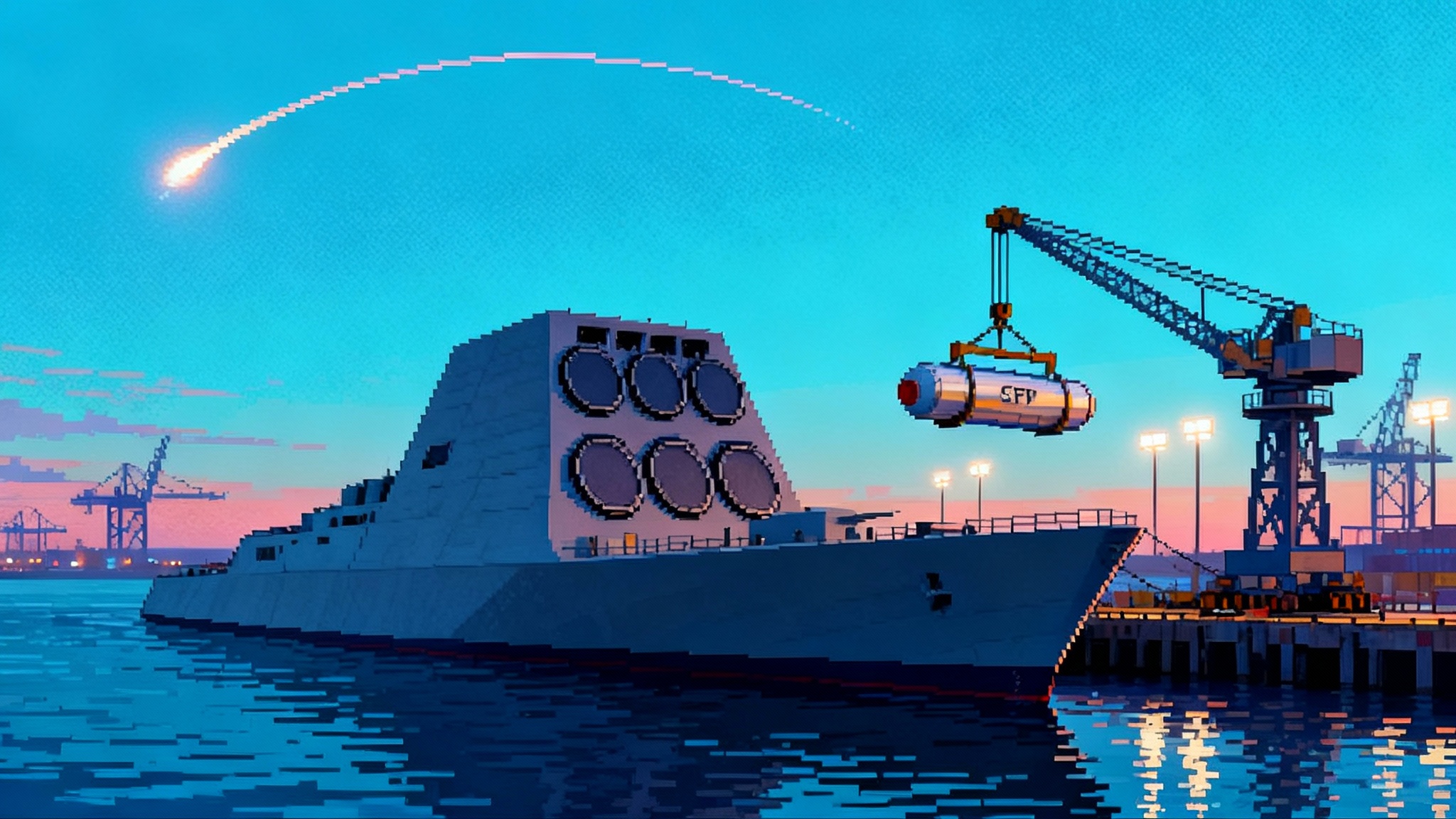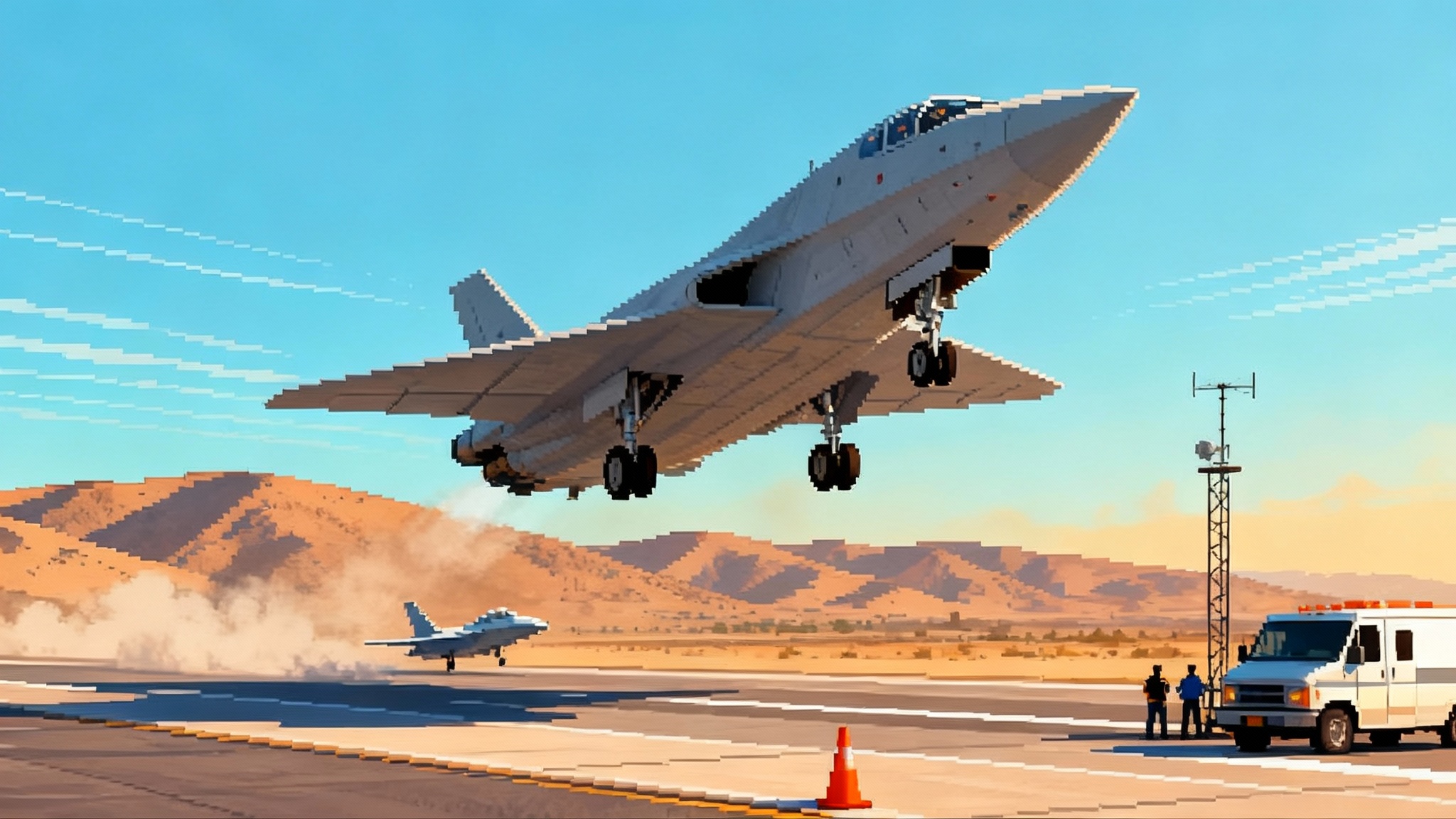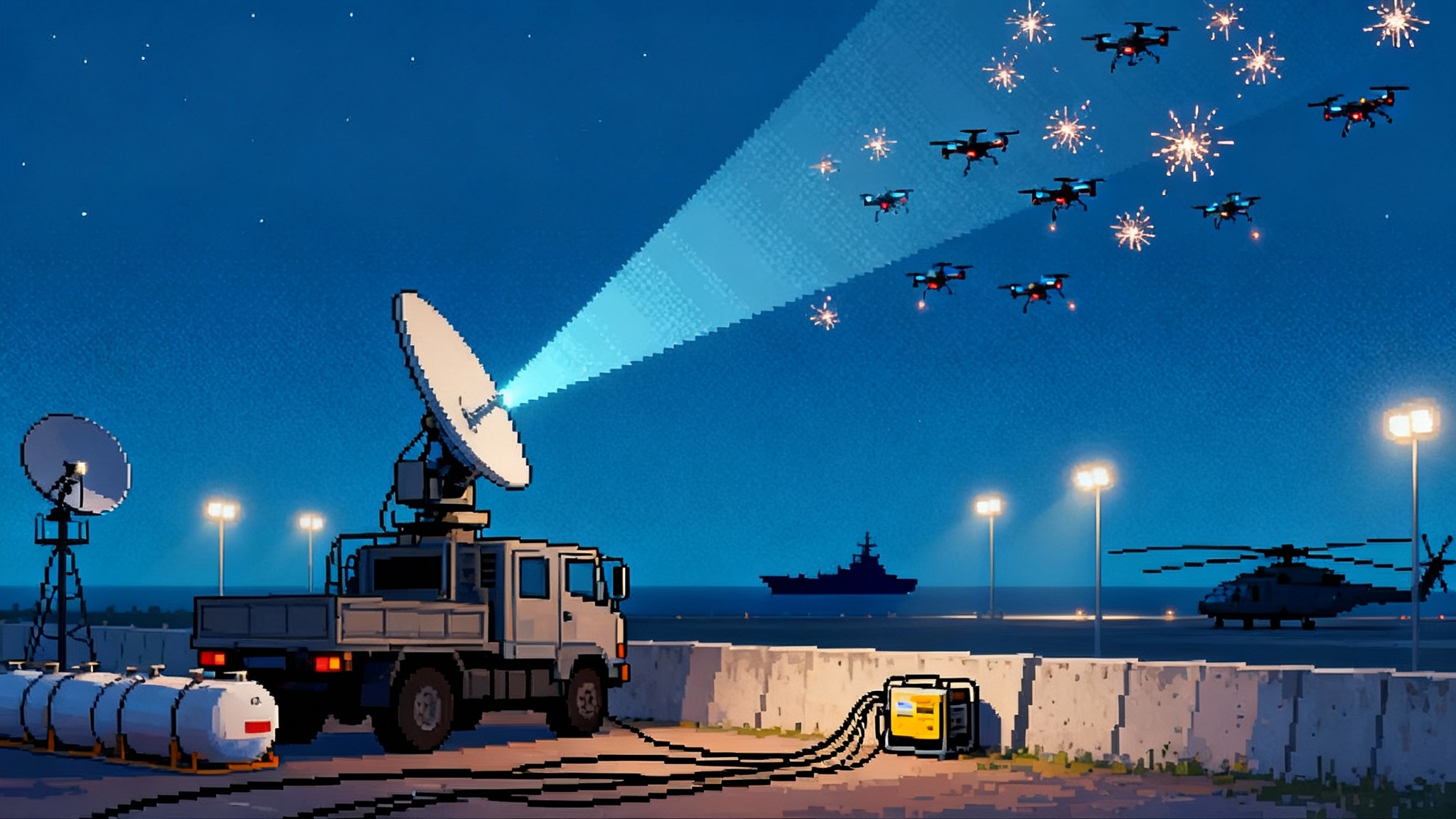XM30 goes software defined after key 2025 design gates
The Army’s next infantry fighting vehicle cleared its 2025 design gates and is being built as a software defined combat system. Hybrid power, MOSA, and native counter‑UAS aim to turn upgrades from years into months while a 50 mm weapon and AI‑aided fire control push lethality forward.
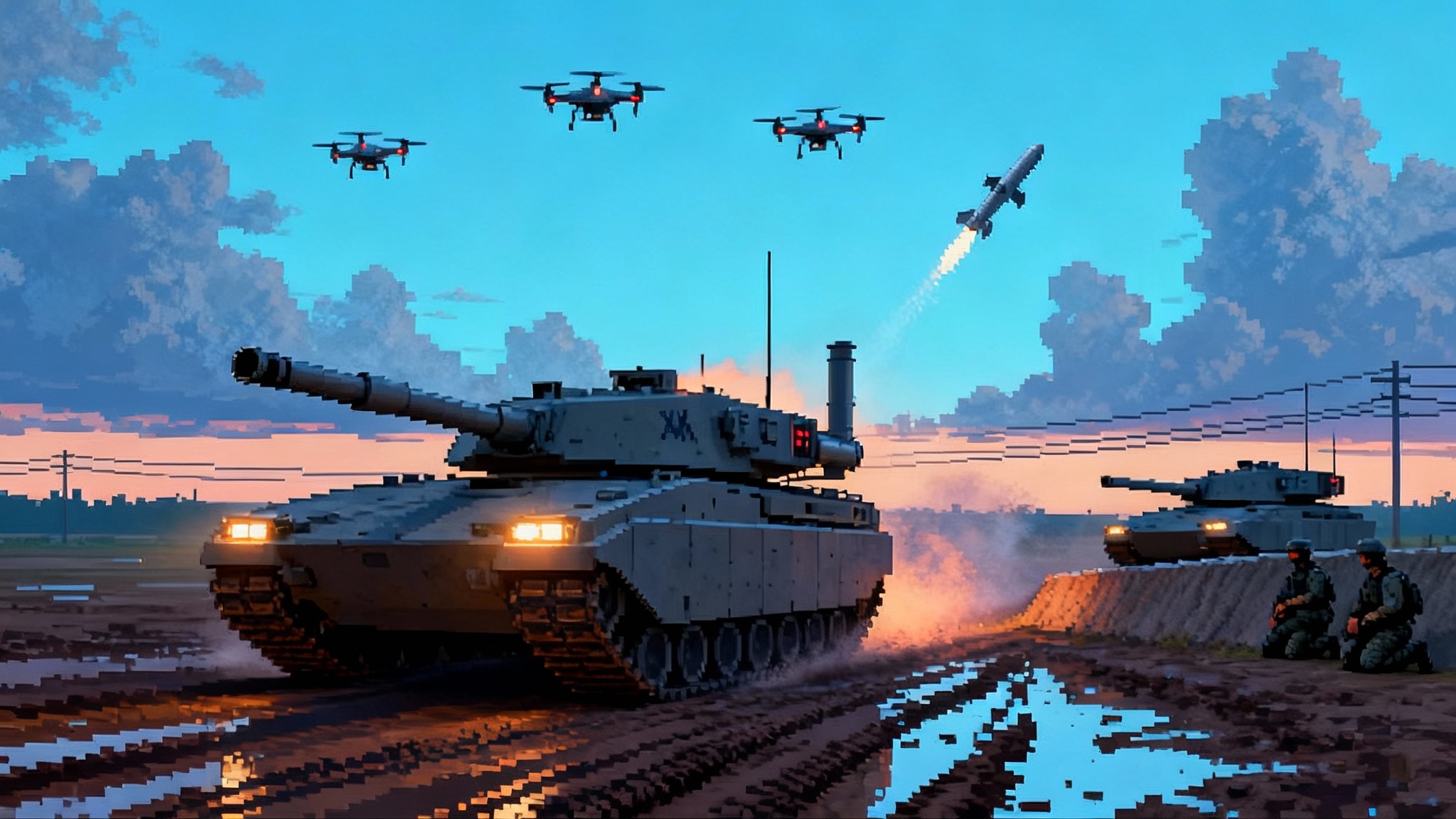
Breaking: a born digital combat vehicle crosses its 2025 gates
In June 2025 the Army’s next infantry fighting vehicle did something no ground combat platform has done at scale. The XM30 cleared its engineering and manufacturing development entry and one competitor, General Dynamics Land Systems, finished a fully digital critical design review on June 4. GDLS publicly confirmed this milestone in a release noting that prototypes are on track for 2026, which aligns with the Army’s schedule for competitive testing. See the announcement that GDLS digital CDR on June 4, 2025. Two teams now sprint toward prototype deliveries in 2026, with a winner due in fiscal 2027 and first unit equipped in fiscal 2029. That calendar matters, but the real story is architectural. XM30 is not just a better Bradley. It is a software defined combat system that treats metal as the shell and code as the heartbeat.
What sits beneath the armor is a digital backbone built for rapid change. The program’s use of model based design, a persistent digital thread from engineering to sustainment, and a Modular Open Systems Approach is how the Army plans to refresh sensors, autonomy, and counter‑drone tools in months instead of years. If the service sticks the landing, XM30 becomes the template for prototyping and fielding between 2026 and 2030 without repeating the missteps that haunted earlier vehicle efforts.
What “born digital” actually changes inside an IFV
Imagine replacing a welded shut appliance with a modern laptop. The XM30 design treats mission systems as modular cards on a standard backplane. Processors, radios, cameras, electronic warfare sets, and defensive aids plug into a common compute and power architecture rather than being hardwired one offs. Software interfaces are documented and shared, so a new capability arrives as a containerized app plus a driver rather than a bespoke subsystem that upends the whole vehicle.
That approach compresses integration time. Instead of requalifying the platform each time a sensor changes, teams validate to published interfaces and run integration in high fidelity digital twins before a single wrench touches steel. The point is not just speed. It is repeatability. When the service learns a lesson about drone threats on Tuesday, it can push a validated update to test rigs on Friday and to an operational test company shortly after, with clear rollback paths if a build misbehaves.
MOSA and the Ground Combat Systems Common Infrastructure
Modular Open Systems Approach is the policy. The Ground Combat Systems Common Infrastructure is the practice. Together they define the “slots” in XM30: data buses, middleware, timing, cyber hardening, and quality of service rules that let dissimilar vendors coexist. It is the difference between a locked phone and a standards compliant workstation.
For soldiers, that means less black box frustration and more capability choice. For the program, it means competition can continue at the subsystem level long after a prime is selected. For allies, it means national radios, counter‑UAS kits, or loitering munition launchers can be grafted to a common architecture without a ground up redesign. The bottom line is that MOSA turns an armored vehicle into a platform strategy, not a fixed product.
Hybrid electric mobility as a combat system enabler
Hybrid power is not about being green. It is about survival and electrical headroom. A hybrid electric drivetrain delivers silent watch with the engine off, short bursts of silent mobility, and lower acoustic and infrared signatures when that matters most. Just as important, it supplies the steady current modern vehicles need for sensors, jammers, and active protection without starving the turret or the tracks.
Suppliers have been public about the details and at least one team is integrating a modern hybrid system for prototypes. The key is not a specific motor rating. It is designing XM30 with margin in power, cooling, and space so the vehicle can absorb power hungry payloads in 2028 that no one had fully specified in 2024. If the Army wants to trial a compact high energy jammer or an eye safe counter sensor illuminator, the bus and batteries should already be ready.
AI enabled fire control and the 50 mm leap
The XM30 steps up in caliber and cognition. The 50 mm XM913 class cannon offers range, airburst options, and armor penetration that moves the goalposts for the threats an IFV can overmatch. In parallel the Army approved 50 mm training round production in October 2024, a quiet but telling indicator that the service is serious about the caliber.
The weapon is the visible part. The change that soldiers will feel is the fire control and sensor fusion stack. Automated target recognition can help sort drones from ground clutter, highlight the most dangerous target in the commander’s sight, and cue the right effector without drowning the crew in video. With the crew reduced to two and six infantry in back, the software’s job is not to replace judgment. It is to shorten the loop from detect to decide to fire, while logging everything for debrief and faster software retraining.
Native counter‑UAS, not an add on
Drone warfare has turned every vehicle into a sensor and a target. XM30 architecture assumes that from day one. Counter‑UAS functions are not a bolt on turret trinket. They are layered into the vehicle’s nervous system. For broader context on the scale of this shift, see how counter‑drone systems hit scale.
Here is how that layering looks in practice:
- Detect and classify: fused electro‑optical, infrared, and passive radio frequency sensing filter birds and windblown trash from rotorcraft and fixed wing drones. Models get retrained with synthetic and field data and then shipped as software updates.
- Deny and deceive: soft kill options degrade control links or navigation without lighting up the vehicle’s own signature more than necessary.
- Defeat: the main gun’s airburst, a coax with tailored rounds, a roof mounted effector, or the active protection hard kill where safe. The point is orchestrating the options through one brain so the vehicle does not waste time or ammo.
A digital pipeline matters here. As drones evolve, the counter‑UAS algorithms and tactics can evolve too, without waiting for a hardware refresh cycle.
What “optionally manned” means for tactics
Optionally manned does not mean driverless tank charges. It means the architecture supports teleoperation and supervised autonomy when that reduces risk or buys tempo. Convoy resupply through a kill zone, a short dash across a mined road, or a hull down peek from behind a berm can be executed with a remote driver kit or an autonomy stack that is already wired for the vehicle’s steering, braking, and situational awareness. This aligns with the broader trend where Replicator pivot to cheap autonomy is reshaping force design.
The real payoff is teaming. An XM30 can act as a mother ship for launched effects or small ground robots, providing power, data, and command through the same open interfaces that crewed systems use. Software frameworks from firms focused on autonomy and data fusion are being built to talk to many kinds of drones and robots, not just one vendor’s. The result is a crew that can task a scout drone, share track files with a neighboring vehicle, hand a target to a loitering munition, and still keep moving.
Faster upgrades without fielding brittle code
Moving fast is not free. The Army’s software factory approach needs to lower risk while it shrinks timelines. That means a few concrete practices:
- Containerize and sign: run mission apps in containers with strong signing and identity management so a bad build cannot brick a vehicle or pivot across the formation.
- Stage like aviation: push new builds to test benches and dedicated pilot vehicles, then to an operational test company, then to the fleet, with telemetry that proves stability and gives commanders a veto if a build has side effects.
- Use synthetic data wisely: train perception models with a mix of instrumented range data and high fidelity simulation so updates do not overfit to last month’s environment.
- Keep a clean rollback: every update ships with a clear rollback image so the formation can revert within minutes if needed.
Get those mechanics right and you can iterate on counter‑UAS, autonomy assistance, or sensor fusion at the rate the fight now demands.
Avoiding the traps that sank past vehicle programs
The Army has tried and canceled before. The reasons are well known: rigid requirements that chased unobtainium, bespoke subsystems that locked out competition, weight growth that smothered mobility, and a design freeze then wait approach that made the fielded product obsolete upon arrival. XM30 2025 gates suggest a different pattern, but the program will need discipline to stay on it.
Concrete guardrails that matter now:
- Protect the interfaces: publish and police the open interfaces so every black box remains replaceable. Do not let vendor unique tweaks creep in.
- Preserve margin: hold the line on power, cooling, network bandwidth, and weight growth margin in every change request. Today’s quick gain can be tomorrow’s dead end if it eats the margin.
- Test with soldiers early and often: soldier touchpoints are not photo ops. They are where workload for a two person crew is proven or disproven and where the human machine interface gets simplified.
- Compete below the prime: keep competitive pressure on mission computers, sights, radios, and effectors so the platform does not turn into a closed ecosystem after downselect.
The 2026 to 2030 path, by phase
- 2025 second half: both teams lock designs and order long lead items against a validated digital baseline. Counter‑UAS and autonomy assistance software trains on instrumented range data and synthetic scenes while hardware is cut.
- 2026: seven or more prototypes per team roll to government test. Power quality, safety cases for autonomy support functions, cyber hardening, and active protection integration define the early gates. Limited user tests begin to stress a two person crew in complex terrain with drone swarms and electronic warfare.
- 2027: the Army downselects a single vendor. Subsystem competitions continue against published interfaces. Training devices and embedded virtual trainers arrive with the vehicle, not months later.
- 2028: low rate production scales. The focus shifts to reliability growth, spares, and software pipeline cadence. Units rehearse update days the way aviation squadrons schedule maintenance.
- 2029 to 2030: first unit equipped, then follow on brigades. The formation fights as a network, not a set of vehicles, which pairs well with how the LEO battle network arrives.
How XM30 reshapes the armor‑drone fight
Mechanized units are already operating under a drone dome. The XM30 is designed to fight inside it rather than pretend it can avoid it. That changes tactics in a few ways:
- Standoff and signature: a 50 mm with airburst lets crews service drones and dismount ambushes from farther out, while hybrid reduces the acoustic and infrared tells during a short exposure.
- Teaming by design: launched effects scout ahead and pass tracks to the vehicle over a resilient, standards based network. The crew tasks, the autonomy executes, and the fire control fuses.
- Sensor reciprocity: every time the vehicle spots or is spotted, that datum trains the next model. The platform improves because it was used, not despite it.
The effect is cumulative. A formation whose vehicles, drones, and dismounts share a common picture and update cycle will learn faster than an adversary glued to static kit.
What to watch next
- Workload proof for two person crews: can the automation truly lower cognitive burden in chaos, or does the XO end up as a permanent third crewmember in practice?
- Update tempo without cyber tradeoffs: can the program ship meaningful builds quarterly with aviation grade discipline on signing, testing, and rollback?
- Real counter‑UAS integration: does the vehicle orchestrate detect, deny, and defeat across main gun, soft kill, and hard kill through one interface, or do separate boxes fight each other for priority?
- Power and thermal margin: does the platform still have headroom for a new sensor or jammer in 2028 without painful redesign?
- Vendor diversity: are radios, mission computers, and sights still competitively swappable after downselect, or did the ecosystem quietly close?
The takeaway
The XM30 June 2025 milestones were more than calendar wins. They marked a pivot from vehicles as frozen objects to vehicles as updatable systems. Hybrid power supplies the electrons. MOSA and GCIA supply the slots. AI enabled fire control and native counter‑UAS supply the brains and reflexes. Optionally manned control supplies tactical flexibility without magical thinking about autonomy.
If the Army enforces interfaces, protects margin, and treats software as a disciplined product instead of an afterthought, the XM30 will compress upgrade cycles and set the standard for fielding in 2026 through 2030. Most importantly, it will give soldiers a fighting system that learns as fast as the threat does. That is how you win under a sky filled with drones and a spectrum filled with noise.
